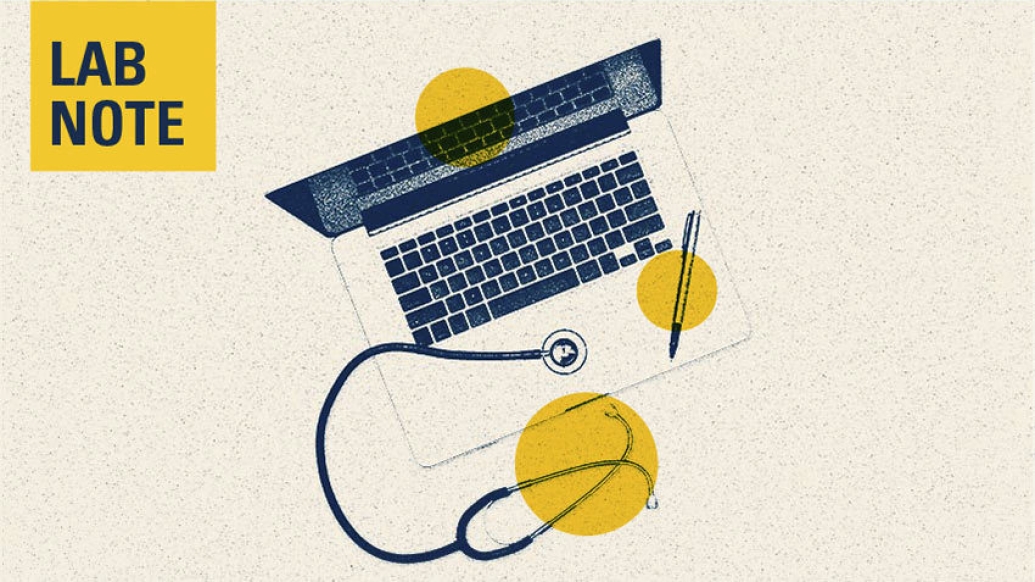Audio-only appointments represented almost half of telehealth visits in the study.
12:17 PM
Author |

Audio-only appointments made up nearly half of the Department of Urology's telehealth visits during the first few months of the pandemic, research found.
Forty-four percent of patients who had a telehealth visit for a urological concern from April 1, 2020, to June 30, 2020, used audio but not video functions.
Factors that affected whether patients preferred audio over video or did not have the technological capacity for video calls included:
-
Older age
-
Black or American Indian/Alaska Native ethnicity
-
The need for an interpreter
-
Living in a rural area or a region with limited broadband Internet access
-
Having Medicaid health insurance
"Our findings suggest that audio encounters may be an important medium for certain patient populations to connect with their physicians during the COVID-19 public health emergency and beyond," said Chad Ellimoottil, M.D., an assistant professor of urology at the University of Michigan Medical School and telehealth expert who was the senior author of the study.
Ellimoottil notes that the start of the pandemic was an ideal time to study patients' telehealth preferences because in-person appointments were so limited at the time.
"Patients needed to select a video visit or phone visit," said Ellimoottil, who is also a member of the University of Michigan Institute for Healthcare Policy and Innovation. "Those that chose a phone call likely did so because they did not have the capability to perform a video visit."
Right now, Medicare and many other insurers reimburse audio visits at the same rate as video visits, but providers have been concerned that audio-only visits will not be a long-term option in the United States.
So far, equal Medicare reimbursement for audio and video visits has been tied to the public health emergency, which President Biden recently extended until October 13. As of July 29, though, the U.S. Senate is considering a bill that would extend audio-only coverage until the end of 2024. Even then, it's possible that some insurers could require a video component for a provider to bill an interaction with a patient as a visit.
"Reimbursing only video-based telehealth could potentially contributor to or further exacerbate disparities in urological access to care and health," Ellimoottil said. "Extending reimbursement for audio-based telehealth can help mitigate this issue by making remote care available to all populations."
Other authors include Erica Jaiyeola Odukoya of the University of Michigan Medical School; Juan Andino of the U-M Department of Urology and IHPI; and Sophia Ng and Emma Steppe of IHPI.
Ellimoottil is a member of the Urology Practice editorial committee and was recused from the editorial and peer review processes for this paper.
Paper cited: "Predictors of Video versus Audio-Only Telehealth Use among Urological Patients," Urology Practice. DOI: 10.1097/UPJ.0000000000000301

Explore a variety of health care news & stories by visiting the Health Lab home page for more articles.

Department of Communication at Michigan Medicine
Want top health & research news weekly? Sign up for Health Lab’s newsletters today!





